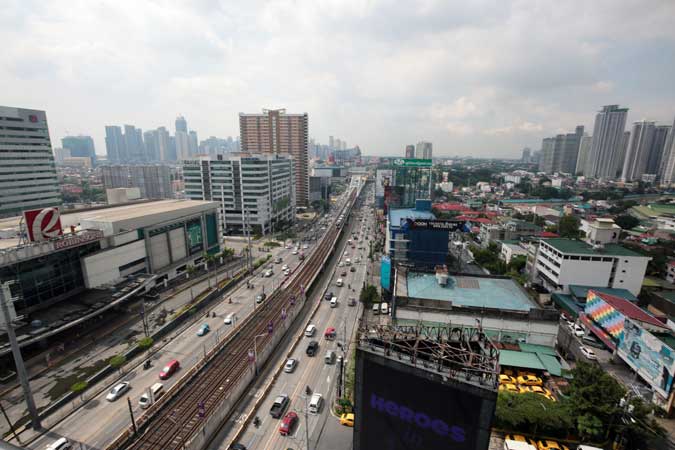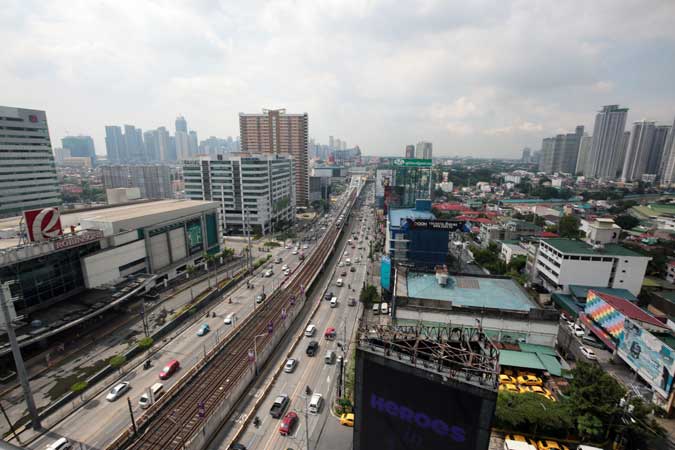
THE Philippines still has fiscal space which it could utilize to support its recovery from the coronavirus-induced crisis, the International Monetary Fund (IMF) said.
“The IMF staff advises that fiscal policy should ‘continue doing its part this year.’ The Philippines still has some fiscal space and can and should maintain its fiscal support to recovery,” IMF Representative to the Philippines Yongzheng Yang said in a statement.
Based on the IMF’s COVID-19 policy tracker as of April 1, the Philippines’ two fiscal stimulus packages under Republic Act 11469 and 11494 (Bayanihan I and II) represented around 2.9% of 2020 gross domestic product (GDP), while the government allocated funds for credit guarantees and standby financing amounting to around 0.8% of GDP.
The Philippines’ GDP slumped by a record 9.6% in 2020, as economic activity was restricted by lockdown measures aimed at containing the coronavirus disease 2019 (COVID-19) outbreak.
The IMF tracker showed other economies in Southeast Asia such as Thailand (14.9%) and Malaysia (more than 6.3%) had bigger budgets for fiscal stimulus.
This year, the Philippines’ P4.5-trillion national budget is about 21.8% of the country’s GDP.
House leaders are pushing for a third stimulus package worth P420 billion, but lacks support from the government’s economic managers.
IMF’s Mr. Yang said the resurgence of COVID-19 infections and its impact on recovery amplify the need to maintain fiscal support.
“Priority for this support should be given to the healthcare sector, including beefing up hospital capacity, accelerating vaccinations, and strengthening containment measures such as virus tracing and testing,” he said.
The Health department reported 10,098 new infections on Sunday, bringing the number of active cases to 141,089.
The Washington-based multilateral lender upgraded its Philippines GDP growth forecast to 6.9% from 6.6% previously, mainly due to base effects as the country was the hardest hit in the region last year. Mr. Yang said their forecast is clouded with “substantial uncertainty” due to the rising infections in the country.
Economic managers are currently reviewing the 6.5-7.5% growth target for the year, after renewed lockdown measures in Metro Manila and nearby provinces are expected to shave off 0.8 percentage point from the full-year print.
“It is important to continue providing targeted support to vulnerable households and struggling businesses, especially MSMEs (micro, small and medium enterprises), which have been hit hard and will be key to recovery in employment and growth,” Mr. Yang said.
The IMF has warned Asia-Pacific economies will continue to bear the brunt of the pandemic, specifically in “contact-intensive” industries that will continue to be hampered by the infection surge. It said it is also unlikely that many jobs lost during the pandemic will return, as companies accelerated digitalization and automation initiatives.
“Continued push for infrastructure investment would also be important, with priority given to projects that are shovel-ready and job-intensive and to those that will improve digital infrastructure to meet the need for work- and learn-from-home and growing digital services more generally,” Mr. Yang said. — L.W.T.Noble

